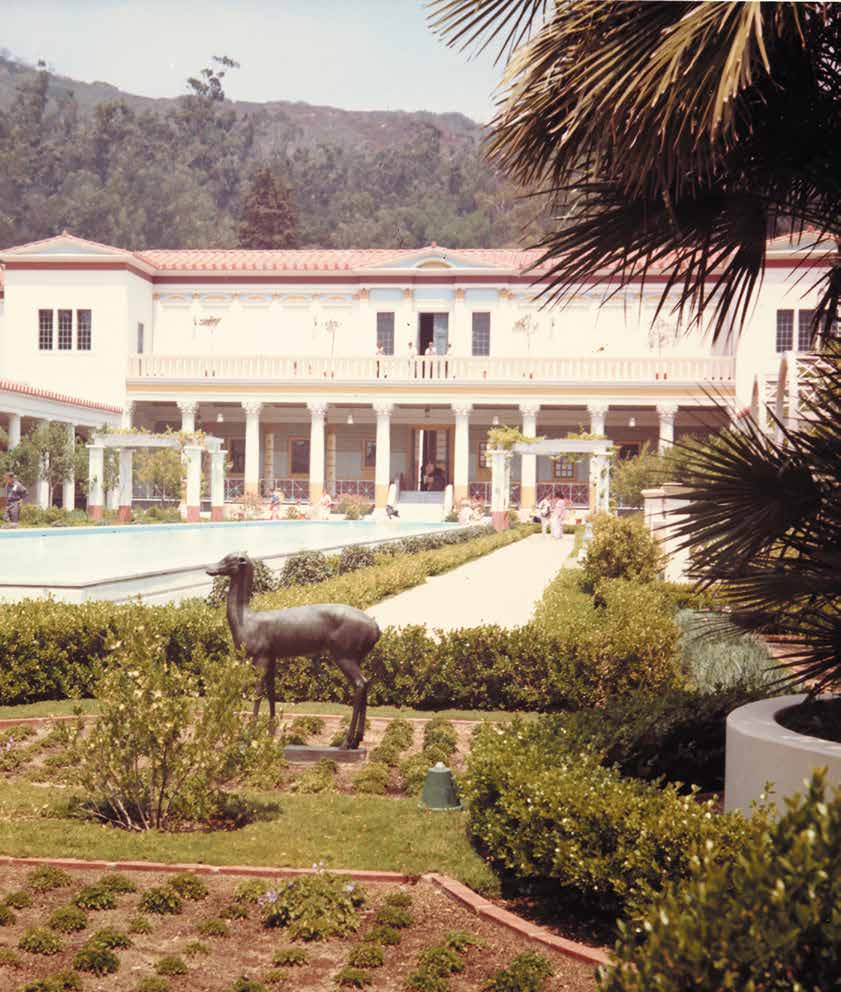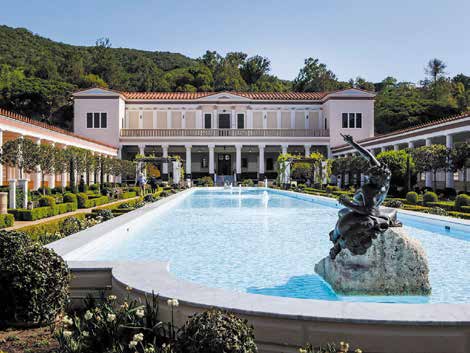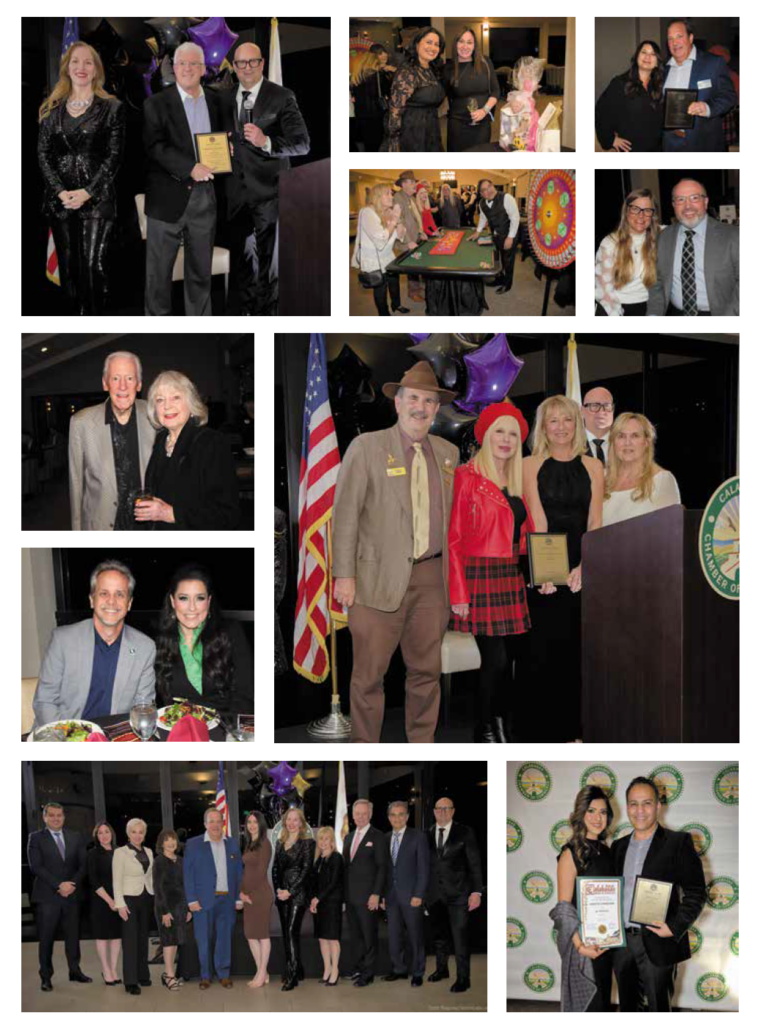Journey through time and culture as the Getty Villa celebrates a century of ancient splendor and educational marvels

You’ve probably driven by it hundreds of times. The Getty Villa is a beloved Los Angeles destination and landmark, and it’s right in our own backyard along the Malibu coast.
The Getty Villa is this country’s preeminent museum of ancient Greek, Roman, and Etruscan antiquities, and it’s celebrating 50 years welcoming the public to its beautiful grounds.
Not to be confused with the Villa de Leon, a separate privately-owned villa visible from Pacific Coast Highway close to the Getty’s entrance near Coastline Drive, the Getty Villa Museum is not visible from the highway. Once you enter, you’ll be transported back in time to a sanctuary for the preservation and appreciation of classical art and cultures.
The Villa was built for oil magnate J. Paul Getty to house his growing art collection and provide the public with greater access to view it. For the 50th anniversary of the Getty Villa, which opened this month in 1974, you can experience the permanent collection plus rotating exhibitions. Currently, there are two ancient Egyptian exhibitions on display—one from the Villa’s own collection and one on loan from the British Museum of Ancient Egyptian Materials.
The curator of antiquities at the Getty, Kenneth Lapatin, explains, “While our collection is Greek, Roman, and Etruscan, we are also interested in the entire ancient world. In April, we have an exhibition, ‘Picture Worlds,’ looking at Greek, Mayan, and Moche ceramics—so even the new world. We don’t collect in that area, but we display it in changing exhibitions.”
“Picture Worlds” is described as follows: “Mighty deities, brave heroes, and fantastic beings adorn the terracotta vessels of the ancient Greeks, the Maya in Central America, and the Moche of northern Peru. This exhibition juxtaposes these three distinct ceramic traditions and explores the ways in which painted pottery served as a dynamic means of storytelling and social engagement.”
About 400,000 visitors visit the magnificent museum designed to resemble an ancient Roman country house yearly. The Villa is a near replica of the Villa di Papyri buried by the Mt. Vesuvius eruption in 79 A.D. The Getty Villa is almost exactly how you would find the original in the same Mediterranean climate. You’ll walk among its stately colonnades, elaborate fountains, and the most magnificent reflecting pool surrounded by ancient statues in the middle of a fragrant garden decorated with the same native plants that the ancient Romans once cultivated.

Inside the Getty Villa Museum are galleries filled with treasures that you cannot find in other local museums. “I think what’s so special about the Villa is when you enter the site and go through the modern architecture that has framed the Villa since the early 2000s, you’re kind of time traveling. You’re back in an ancient Roman luxury home, and although it’s very grand and beautiful, it’s very humane in scale. You hear the birds singing, there’s the ocean breeze, and unlike any kind of reconstruction on paper, video, or virtually, you’re really in this place. It’s like time-traveling to a different world. I think that’s what makes it so magical,” Lapatin comments. “Obviously, the collections are important and meaningful artifacts from antiquity, but to be in this ancient house with the gardens and fountains, it’s really magical.”
The daily number of visitors to the Villa is actually limited. “We’re mindful of the neighborhood,” Lapatin notes concerning their Malibu neighbors.
There is so much to learn at the Getty Villa that it’s become a gateway to the arts for many school-age children. The museum hosts tens of thousands of school children each year for docent-led tours of the ancient treasures dating as far back as 6500 BC. The museum even subsidizes bus transportation.
To celebrate their milestone, the Villa is offering daily 45-minute tours delving into the artworks purchased by J. Paul Getty. The tour takes place daily through March 4 at 1 p.m. at the Getty Villa.
Look for programs centered on the ancient Villa di Papyri, which is the model of the Villa from the Bay of Naples. It’s the site where papyrus scrolls have been found. In March, there will be a program on the papyri from Herculaneum.
There is a fee for parking and reservations are required, but admission is free.
“Many people may think they know the Getty Villa, but have never been. What they’re seeing from Pacific Coast Highway isn’t it,” says Lapatin. “There’s a lot of loveliness to be seen here.”
The Getty Villa
17985 Pacific Coast Highway
Pacific Palisades
310.440.7300


